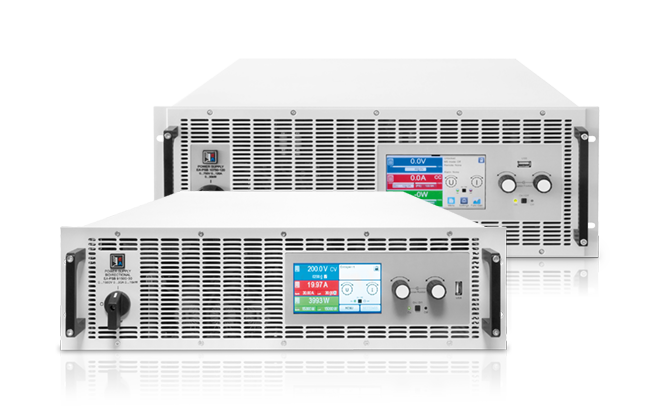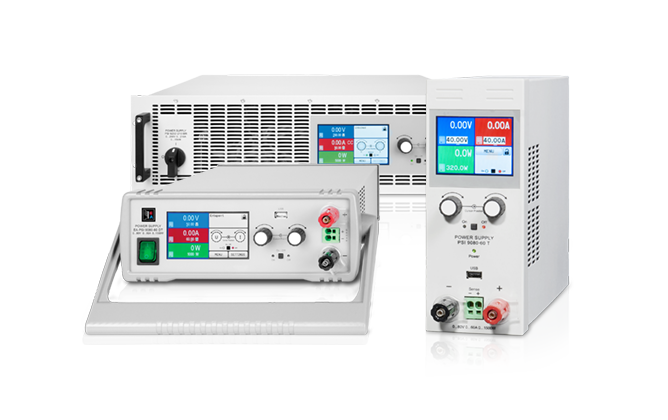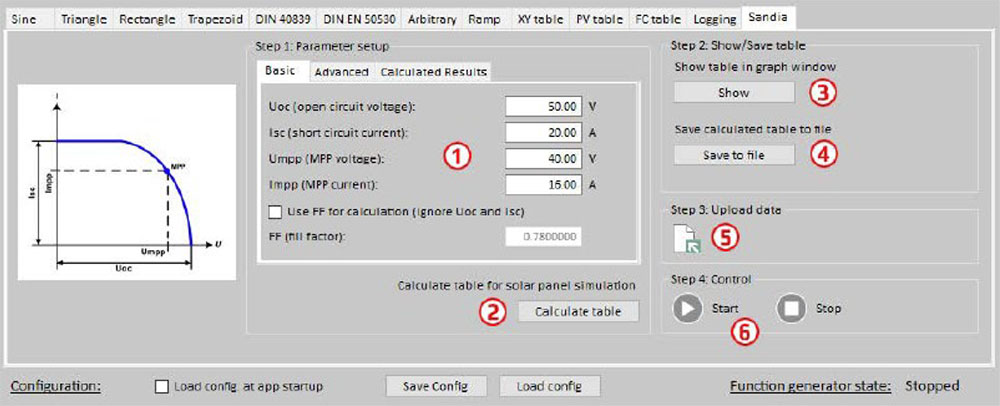Modern solutions
For environmentally friendly energy generation
From micro-inverters to commercial solar array inverters, solution range from just 250 W to a whopping 1.92 MW. Manufacturers are developing solutions that integrated into renewable micro-grids of the future. Micro-grids include solutions from solar array inverters, energy storage devices such as batteries and fuels cells, bi-directional EV/PHEV chargers, wind-turbines all the way to tidal energy. Companies and the private sector are frantically developing the next generation of world-friendly clean energy solutions. Development of renewable solutions continues to push engineering limits. Voltages are quickly reaching 2,000Vdc, thousands of amps of current, multi-high-power channels, multi-MPPT inputs, wide-ranging inverters that deliver full power across a wide voltage range, engineering these types of solutions are moving an accelerated pace.
What comes along with developing these great solutions? Testing them. Elektro-Automatik’s line of DC power supplies, electronic loads and bidirectional power supplies have features that allow you to effective test today’s renewable energy technologies. EA’s PSI, EL, ELR and PSB product series can provide up to 2000V, have auto-ranging and on-board arbitrary waveform and function generation. This flexibility allows EA to produce or sink power needed to simulate real world conditions and perform reliable and efficient tests.
Products Used in Renewable Energy Applications
Application Solutions
Multiple Supplies Simulate Multiple Solar Arrays
Commercial solar inverters typically operate in the range of 30-1MW , with a solar array DC input voltage of up to 1500 VDC and produce three-phase AC power. At these power levels, it’s not practical to use a single array input. Instead, commercial inverters have multiple maximum power point tracking (MPPT) inputs that are summed at the DC/DC level before feeding into the DC/AC inverter. To test this type of inverter, you would use several autoranging power supplies, one for each input, as shown in the figure below.
EA Elektro-Automatik’s programmable supplies are rated as low as 1 kW per channel to as high as 2 MW per supply. The maximum output voltage is 2,000 VDC, and there no limit on how many supplies that you can use for this application. In addition, you can program each DC supply independently to simulate different irradiance profiles. For instance, on one inverter input, you can simulate a solar array in full sun, while on another input, you can simulate a solar panel that is partially or completely shaded.
EA Advantages:
- Output voltage up to 2000V
- Wide range of output power: 1 kW to 2 MW
- High power Density
- Digital control
- Low EMC
- Industry experience
Solar Simulation Software Provides Sandia, EN50530, or Custom Test Profiles
Simply connecting a DC voltage to an inverter does not, however, rigorously test its efficiency. To wring the maximum amount of power from a solar array, MPPT inverters must accurately track the solar array outputs as the amount of sunlight hitting the array changes. To test an inverter’s ability to do this, solar simulation is required, and more often than not, both static and dynamic tests are required.
The PSI Series’ embedded function generator allows you to perform these tests. You can program up to 4096 data points, which allows you to program simple solar array curves based on Isc, Voc, Vmpp and Impp. In essence, you control the sun! If more advanced solar simulation is required, EA Elektro-Automatik’s EA Power Control (EAPC) software allows you to easily set up Sandia, EN50530, or custom test profiles.
EA Advantages:
- PSI Series built-in function generator
- Advance solar profiles using EA Power Control (EAPC) software
- Run Sandia, EN50530, or custom test profiles wihtout a control PC
Test Battery Storage Systems with a Battery Simulator
Battery storage systems are becoming common in both residential and commercial solar installations. The solar inverters used in these applications are similar to a standard inverter, but the inverter is also used to charge a bank of batteries when the sun is shining and then draw power from those batteries to provide output power when it’s dark. To test this type of system, you need both a solar simulator and a battery simulator. To simulate charge and discharge cycles, the battery simulator must be bi-directional.
To test this type of system, you can use an EA PSI Series power supply as a solar array simulator and an EA PSB Series supply as the battery simulator. The PSB Series is a bi-directional, programmable DC battery simulator that includes the ability to both source and sink power (2-Quadrant). The PSB sources power to the inverter when power is demanded from the batteries and sinks power during the charge cycle. Surrounding the inverter with programmable power devices, such as the PSI and PSB Series, allows you to maintain full control and perform effective and repeatable tests.
EA Advantages:
- Bidirectional
- High Power Density
- Battery simulation
- Arbitrary waveform and function generator
- Voltage models up to 2000V
- Low EMC
- Industry experience
- Plug and play paralleling up to 2MW





